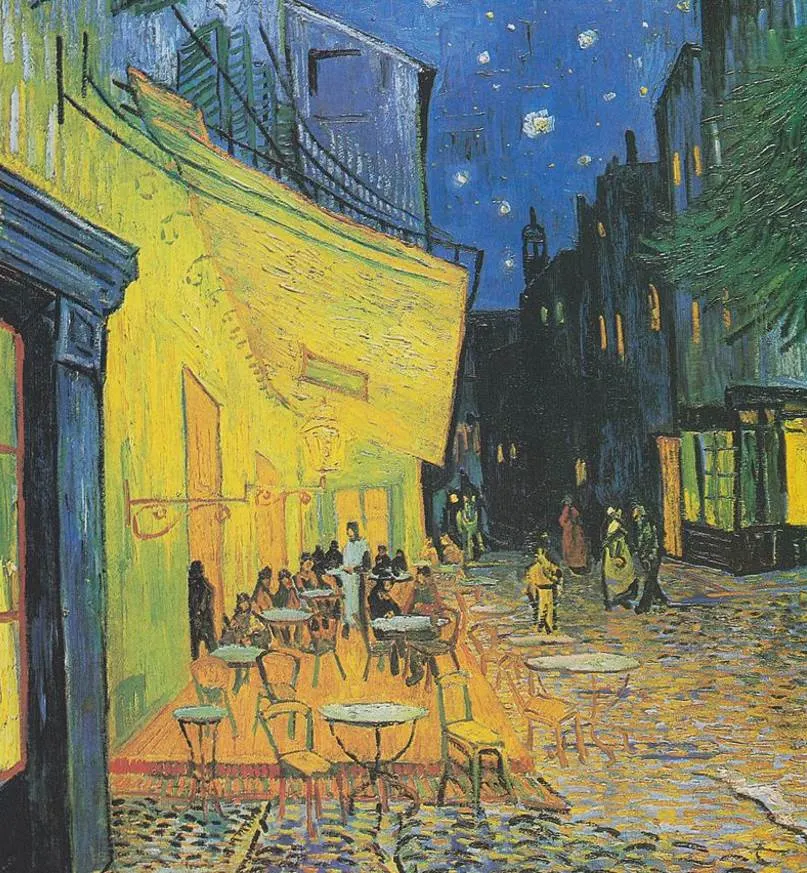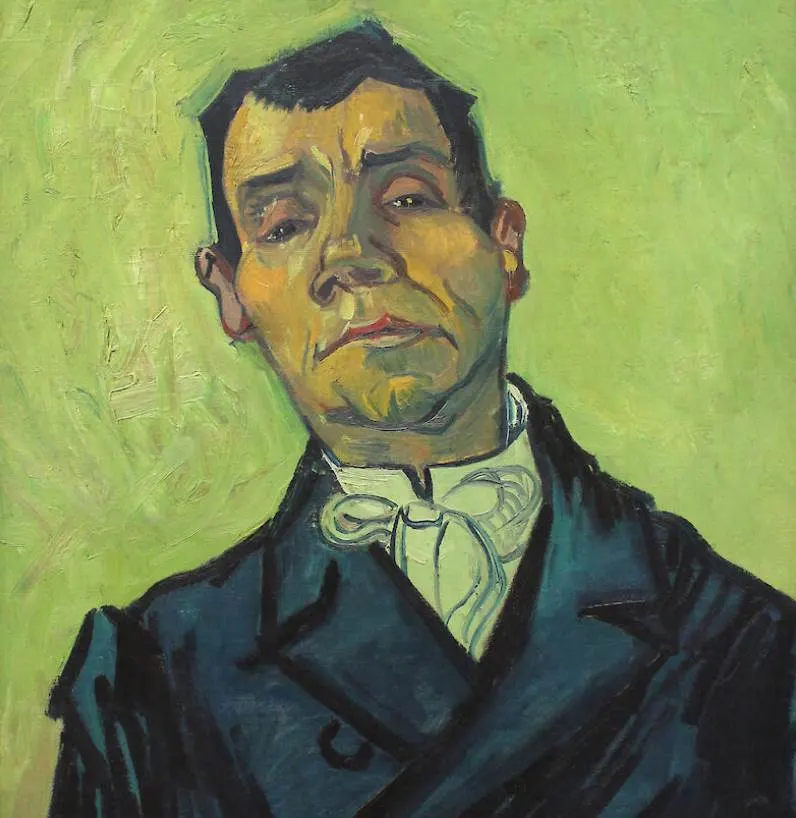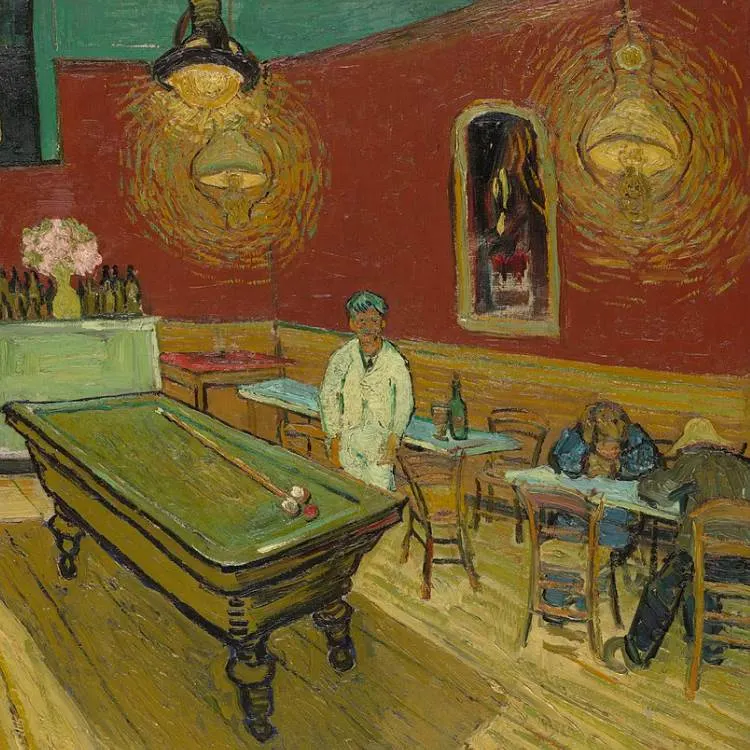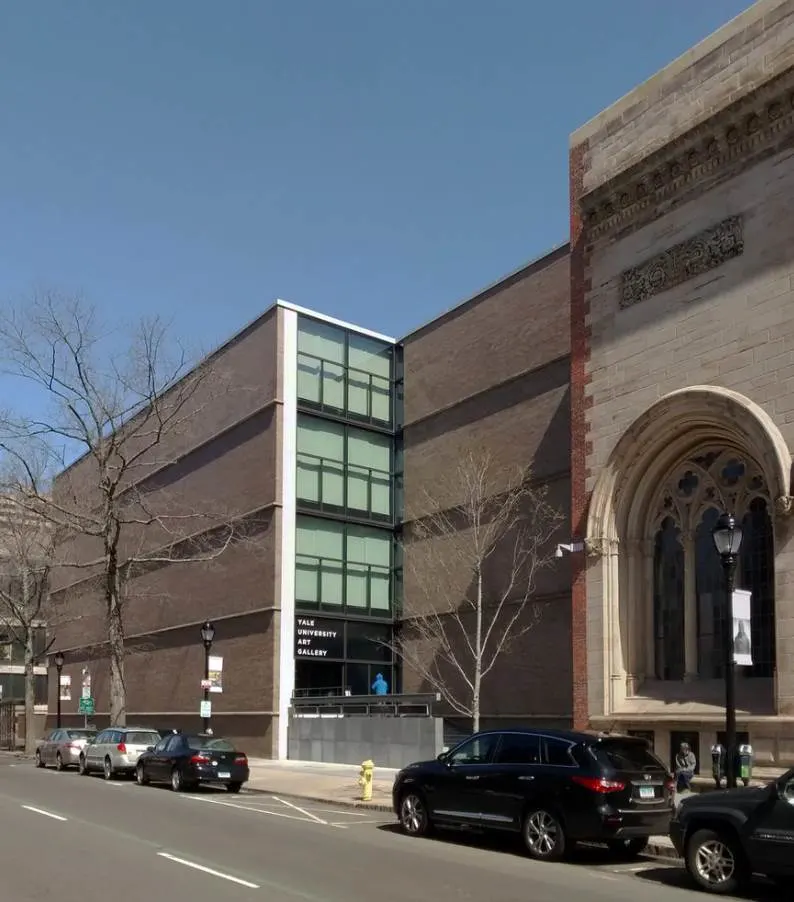What’s remarkable about the talent of Post-Impressionist artist Vincent van Gogh (1853-1890) is that he somehow managed to depict ordinary scenes in a lively manner to convey a certain emotion.
This is especially true when it comes to paintings that he created at night, a time of the day in which the colors he used almost start vibrating. This notion becomes clear in a painting called “The Night Café,” one of van Gogh’s works that
1. It was painted while van Gogh lived in Arles
Vincent van Gogh moved around quite a bit during his adult life. He lived in Belgium for a while in the early 1880s, moved in with his brother Theo in Paris, and eventually settled in Arles after their relationship became a little bitter in February of 1888.
It took Vincent some time to adjust to this new town in southern France, but he managed to settle in among the locals and created some of his most famous paintings during this period.
He also got the idea of starting an art colony in Arles, the main. This was the main reason why he invited Paul Gauguin to the town as well, a meeting that ended disastrously in late-1888.
Vincent painted The Night Café in September 1888, a time that he already lived in the town for several months.

2. It wasn’t the only café he painted during this month in 1888
The new relaxed atmosphere in the laid-back little town of Arles certainly did Vincent good. He painted some of his most famous works here. These include the place where he stayed called “The Yellow House,” “Sunflowers,” The Red Vineyard,” and “Starry Night Over the Rhone.”
One of the most famous works during this period was created around the same time as this one in September 1888 and also depicts a Café in Arles. This painting is called “Café Terrace at Night.”
The Night Café was a relatively small place reserved for the local drunks and prostitutes. It was called “Café de la Gare” and was located at 30 Place Lamartine.

The establishment depicted in Café Terrace at Night is located at the “Place du Forum,” one of the busiest places in Arles. This Café still exists and is called “Café van Gogh” today.

3. The painting depicts 5 customers and the owner of the place
Café de la Gare, a name that translates to “the café of the railway station,” was run by two friends of Vincent van Gogh named Joseph-Michel Ginoux and his wife Marie.
It was more than a café because you could also rent a room here, something convenient for people too drunk to get up, homeless people, or prostitutes and their cutomers.
Van Gogh rented a room here for one franc because he was transforming The Yellow House into an artist studio at the time.
The owners were pretty good friends as well, something emphasized by the fact that he visited them while he stayed in the mental hospital following his breakdown on Christmas Eve later that year.
The painting depicts 3 drunkards on both sides of the room and a prostitute with one of her customers at the back. The owner of the place, Monsieur Ginoux, is depicted standing in the middle.

4. Van Gogh’s choice of color in this painting has a deeper meaning
One of the most remarkable facts about this painting is that van Gogh chose to use the contrasting colors red and green to create a sense of despair. He wrote about this in a letter to his brother Theo:
I have tried to express the terrible passions of humanity by means of red and green. The room is blood red and dark yellow with a green billiard table in the middle; there are four lemon-yellow lamps with a glow of orange and green. Everywhere there is a clash and contrast of the most alien reds and greens, in the figures of little sleeping hooligans, in the empty dreary room, in violet and blue.
This notion clearly shows how his Post-Impressionist style steered away from the works of Realism artists who depict things as they are. In that sense, his works may have influenced the Expressionist artists who integrated their own emotions into their works.
Van Gogh’s use of colors to convey a sense of emotion in this painting has made art historians agree that this is one of his ultimate masterpieces to achieve that.

5. It’s owned by one of the most prestigious universities in the world
The original owner of the painting is depicted in it, Monsieur Ginoux. That’s because it was painted to settle the debt he had at the café. After all, he might as well have been depicted himself as one of the drunkards because that was pretty much what he did when he didn’t paint.
The owner of the café wasn’t much of an art enthusiast and ended up selling it. The painted was eventually transferred to Moscow as it entered the collection of Ivan Morozov (1871-1921), a renowned collector of French Avant-Garde art.
The Soviet Union nationalized the painting and it was sold to an American art collector named Stephen Carlton Clark (1882-1960), a man known as the founder of the Baseball Hall of Fame in New York.
He eventually bequeathed the painting to Yale University. It’s currently on public display at the Yale University Art Gallery in New Haven, Connecticut.

More interesting facts about The Night Café by Vincent van Gogh
6. The size of the painting is size 30 in the French standard, a size used by van Gogh for multiple of his most famous works and especially those he created during this period in Arles.
This means that this particular oil on canvas painting has dimensions of 72.4 × 92.1 centimeters (28.5 × 36.3 inches).
7. Vincent van Gogh usually didn’t spend a lot of time completing a painting. That’s the main reason why he managed to produce over 900 paintings and numerous drawings during his decade-long career.
He remarkably spent 3 full nights working on The Night Café, staying up all night and sleeping during the day. This pretty much indicates the importance of the work in his oeuvre, along with the notion that he wrote multiple letters to his brother talking about it.
8. Van Gogh used colors to depict his notion of the local drunkards in an establishment that stays open all night called a “Cafe de Nuit.” He remarkably compared this work with one of the most famous early works in his career called “The Potato Eaters” (1885).

The lamplights are indeed similar and highlight the sense of despair of the figures depicted, poor farmers in the Netherlands and drunkards or homeless people in Arles.
9. The painting draws the viewer into the half-curtained doorway that leads into the back rooms, most probably the private quarters and the rooms that were for rent at the time.
Another remarkable element of the painting is that we view it from an elevated position. This strengthens the fact that we are lead into this doorway in the back which leads nowhere. This nightmare-like perspective is a metaphor for the despair felt by the depicted individuals.
10. Both owners of the Café de la Gare were painted in portraits by Vincent van Gogh as well. Marie Julian (1848-1911), the wife of Ginoux, was the model for a painting called “L’Arlésienne,” which translates to “the woman from Arles.”
She was also depicted by Paul Gauguin during his stay in Arles in a painting called “Café de Nuit.”

11. Even though Vincent van Gogh was enthusiastic about this painting, he also called it “one of the ugliest pictures I have done.” That’s mainly because of his use of color and the thick paint he applied to exaggerate the scene.
Regardless, he thought highly of it because he included it in his main project in Arles called “Décoration for the Yellow House.” This project started with his famous Sunflowers paintings and ended on Christmas Eve when he cut off part of his left ear following his mental breakdown.
12. Even though the oil on canvas painting is the main work depicting The Night Café, he also created a watercolor. This pretty much looks the same but isn’t on public display as it’s part of a private collection.
The subject remains the same and was described by Vincent as a place that “one can ruin oneself, go mad, or commit a crime.” Unfortunately, one of these things happened to him just a few months later.

